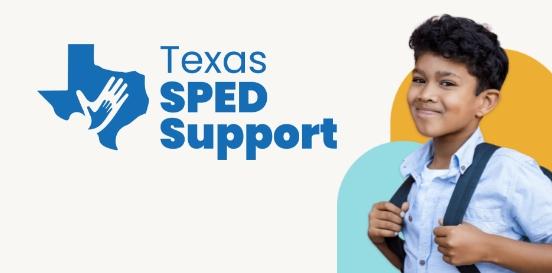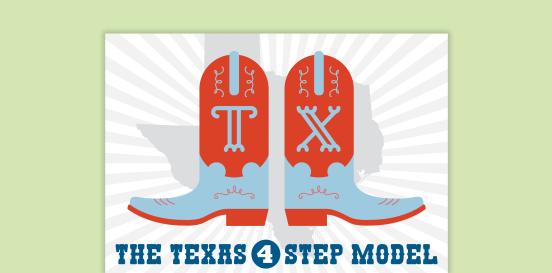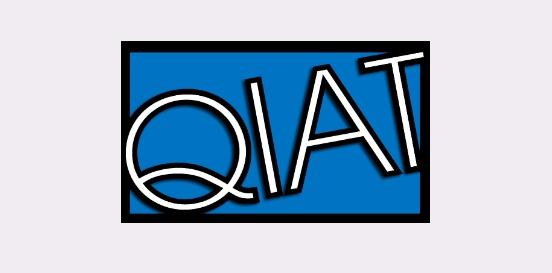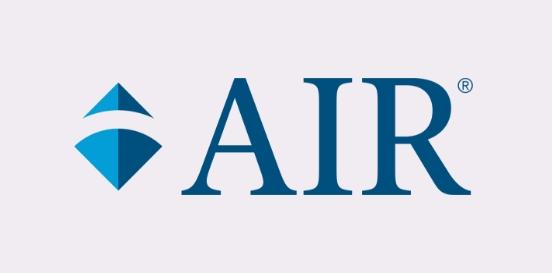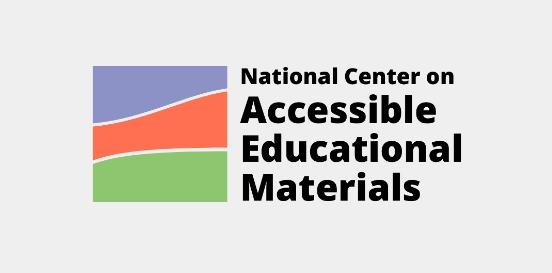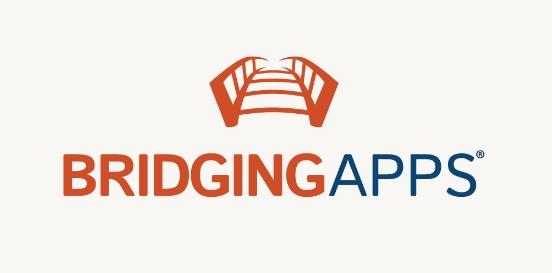Specialized Scanning Systems/Optical Character Recognition (OCR)
A system that mechanically or electronically translates scanned images of typed or printed text. It offers an alternative means of accessing printed material by converting it into Speech-to-Text or other formats. Some examples of OCR applications include Reading Pens, Portable Reading Cameras, CCTV/Video Magnifiers, and Smart Readers.
Considerations
Take the following considerations into account when selecting and implementing AT to ensure that the chosen tools are well-suited to the student’s needs, align with their goals, and seamlessly integrate into their educational journey. By embracing a collaborative approach and considering the specific skills, tasks, and implementation context, educators can provide students with the necessary support to thrive academically and functionally, promoting inclusivity and fostering their overall success.
Skills and Tasks What skills or tasks will the student utilize this tool for? What areas, functional or academic, does this tool support?
- Reading
- Listening
- Viewing illustrations
Implementation Context In what activities, classes, or environments will the student utilize this tool?
Specialized scanning systems and Optical Character Recognition (OCR) technology are designed to help individuals with visual impairments or other disabilities access printed materials more easily. The following includes a breakdown of each:
- Specialized scanning systems: These systems typically involve a combination of hardware and software designed to scan printed materials, such as books, documents, or even handwritten notes, and convert them into accessible formats. The hardware component often includes a scanner capable of capturing images of the text, while the software component processes these images to extract the text.
- Optical character recognition (OCR): OCR technology is a key component of specialized scanning systems. It is a technology that converts different types of documents, such as scanned paper documents, PDF files, or images captured by a digital camera, into editable and searchable data. OCR software analyzes the shapes, patterns, and structures in the document images to recognize and convert the text into a digital format that can be read by screen readers or other assistive technologies.
These technologies can be invaluable for individuals with visual impairments as they provide access to printed materials that would otherwise be inaccessible. They can also benefit individuals with other disabilities, such as dyslexia, by providing alternative formats for reading and accessing information.

